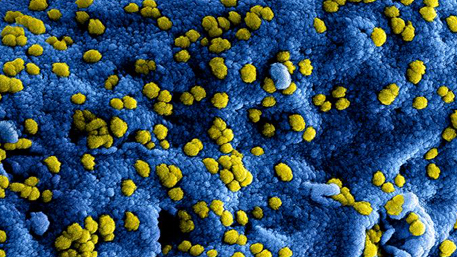
ACE2 and TMPRSS2 variants and expression as candidates to sex and country differences in COVID-19 severity in Italy
View ORCID ProfileRosanna Asselta, View ORCID ProfileElvezia Maria Paraboschi, View ORCID ProfileAlberto Mantovani, View ORCID ProfileStefano Duga
doi: https://doi.org/10.1101/2020.03.30.20047878
Abstract
Background: As the outbreak of coronavirus disease 2019 (COVID-19) progresses, prognostic markers for early identification of high-risk individuals are an urgent medical need. Italy has the highest rate of SARS-CoV-2 infection, the highest number of deaths, and the highest mortality rate among large countries. Worldwide, a more severe course of COVID-19 is associated with older age, comorbidities, and male sex. Hence, we searched for possible genetic components of the peculiar severity of COVID-19 among Italians, by looking at expression levels and variants in ACE2 and TMPRSS2 genes, which are crucial for viral infection. Methods: Exome and SNP array data from a large Italian cohort representative of the country's population were used to compare the burden of rare variants and the frequency of polymorphisms with European and East Asian populations. Moreover, we looked into gene expression databases to check for sex-unbalanced expression. Results: While we found no significant evidence that ACE2 is associated with disease severity/sex bias in the Italian population, TMPRSS2 levels and genetic variants proved to be possible candidate disease modulators, contributing to the observed epidemiological data among Italian patients. Conclusions: Our analysis suggests a role for TMPRSS2 variants and expression levels in modulating COVID-19 severity, a hypothesis that fosters a rapid experimental validation on large cohorts of patients with different clinical manifestations.





















.png)










No hay comentarios:
Publicar un comentario